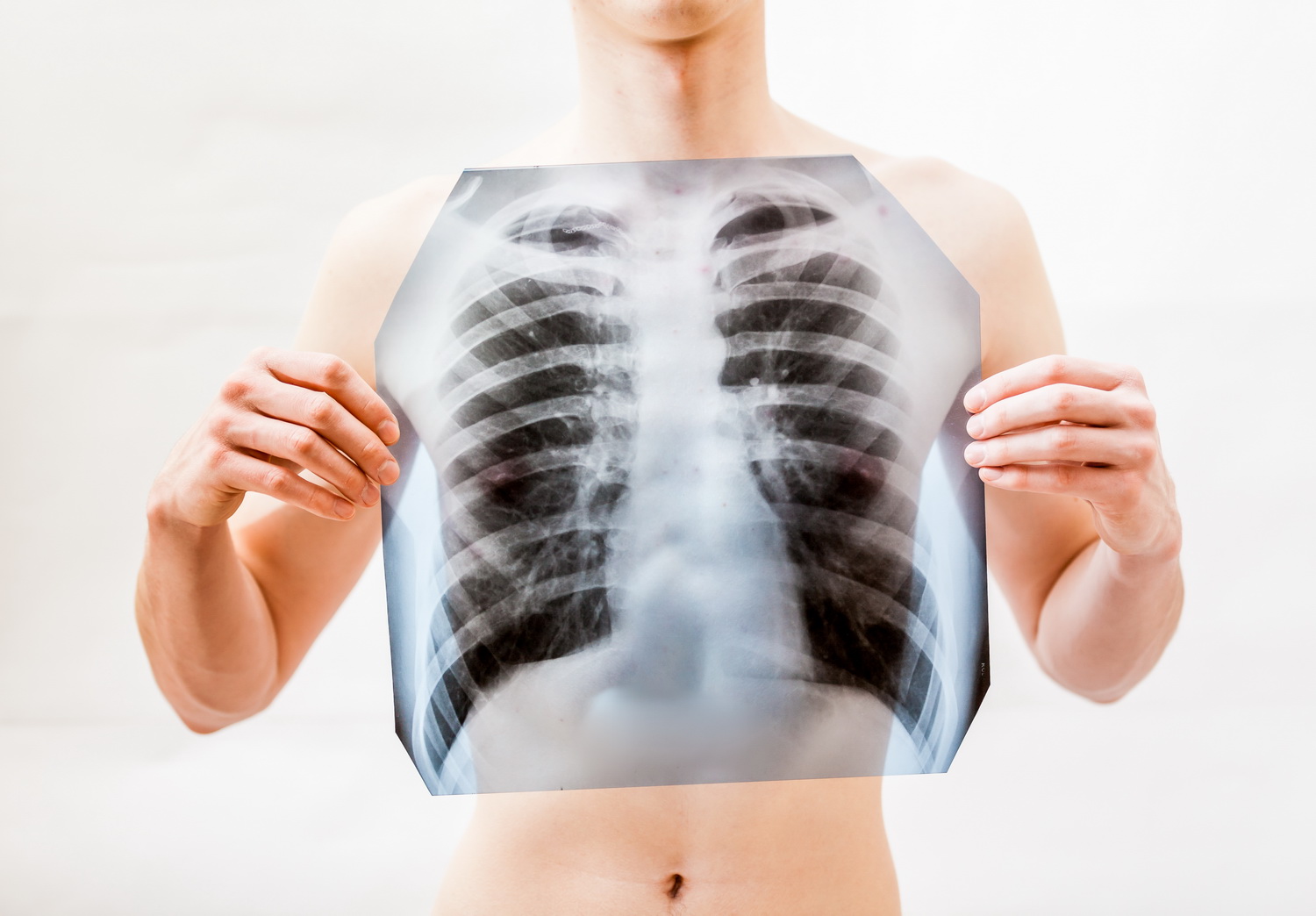Showing 1 - 8 of 8
Early-onset cancer shift
News, Editorial, Published on 26/07/2025
» The death of 29-year-old Chiang Mai doctor Krittai Tanasombatkul from lung cancer at the end of 2023 was a wake-up call for Thailand's healthcare community.
Spate of uni deaths raises PM2.5 fears
News, Panumate Tanraksa, Published on 06/04/2024
» The recent death of an academic in Chiang Mai from lung cancer has heightened concerns about PM2.5 pollution in the northern province, which has consistently ranked one of the world's most air-polluted areas.
Bad air, caves and elephants
News, Published on 30/12/2023
» Environmental beat yielded some very diverse stories in 2023.
'Clean air' doctor dies of lung cancer
Gary Boyle, Published on 06/12/2023
» A 29-year-old Chiang Mai doctor who advocated for an end to air pollution died from lung cancer on Tuesday.
Clean air advocate doctor succumbs to lung disease at 29
News, Post Reporters, Published on 05/12/2023
» A 29-year-old Chiang Mai doctor suffering from lung cancer who showed his fighting spirit using the social media hashtag "Su-Di-Wa" (don't give up) while sharing his experience, died on Tuesday.
Waiting to exhale
Business, Published on 13/11/2023
» During the dry season in recent years, people in many provinces, particularly those in the hilly North, have endured seasonal smog, spending more time indoors with an air purifier to avoid the air pollution.
Chiang Mai air 'world's worst'
News, Post Reporters, Published on 13/03/2023
» Chiang Mai continues to suffer from unhealthy levels of air pollution as authorities try to find solutions.
Lung cancer risk higher in polluted Chiang Mai
Online Reporters, Published on 12/11/2022
» The number of new cases of cancer in northern Thailand is higher than the national average, with high levels of hazardous particulate matter smaller than 2.5 microns (PM2.5) believed to trigger mutations that lead to the disease, a local physician says.











